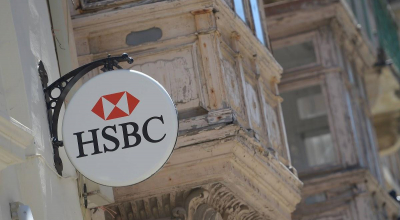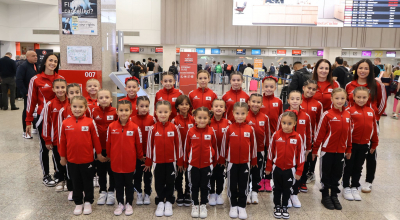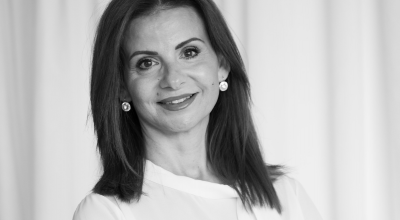Fixing the moment | Mohamed Keita & Mario Badagliacca
Photographers Mohamed Keita and Mario Badagliacca speak to Teodor Reljic about how their experiences with documentary photography are shaped by political realities

Ahead of their participation on the RIMA Photography Workshops – where they will help migrants of all nationalities living in Malta to express themselves through the medium of photography – photographers Mohamed Keita and Mario Badagliacca, who will be leading the workshops starting the second week of March, speak about how their experiences with documentary photography are shaped by the political realities that they can’t look away from.
Mohamed Keita: During the time when I was sleeping on the streets, I would frequent a youth centre where at one point, they gave me a camera as a present. At first, I would simply use it to record what’s around me – I wanted to retain some clear memories of this period of my life. So, that’s when and how I started taking pictures – as a way of ensuring that I don’t forget what I went through at that time. I would enroll into photography school some time after that, where I gained a more solid grounding in photographic language. At the end of the day though my goal is simple – I’m drawn to depicting everyday life through photography.
The urgent value of the ‘fixed image’

Mario Badagliacca: It’s becoming increasingly obvious how the relationship between images and the general public has gone through a dramatic change in recent years, as we are increasingly subjected to a continuous flow of news and photographic or video images. I am, however, convinced photography has still an important role to play. Not that I believe that photography can change the world, but I still think that it helps raise awareness on a series of important issues. The power of photography is to fix the moment. Psychologically speaking, there’s a difference between perceiving a ‘fixed’ image and a ‘moving’ image (as in a video, for example). The ‘fixed’ image constrains us to reflect on it in a different way. In my case, I want the images to serve as a spur for further questions – to be curious about the stories I’m telling. I don’t want to give answers, but raise more questions.
Taking it all in

Mohamed Keita: My three-year journey [from the Ivory Coast to Italy] was a difficult one. But it taught me the value of observing my surroundings and taking them all in. It’s something that’s reflected in the way I approach the photographic process. Because while the subject is very important to me, at the same time, I always strive to incorporate various elements into the picture. Because for me, it’s important to think of photography as being composed of various elements, not just a single one.
Observing from the borders

Mario Badagliacca: My recent investigation of Belgrade is a first step of a longer-term project along the European Borders, that I am developing together with a French journalist and writer, Flore Murard-Yovanovitch as part of a self-financed project called ‘Border Violence’. Our purpose is to uncover and keep track of human rights abuses perpetuated on migrants, and I’ve found Serbia in particular to be a key place to understand what is happening in Europe on the migrant issue.
Over the past few years, I have often come face to face with violent and dramatic situations, but the level of violence and xenophobia I was confronted with in the Serbian situation – especially as perpetuated by the neighbouring countries of Croatia, Bulgaria and Hungary – left me utterly disoriented. Persons with broken legs or scars beaten by police or by the ‘citizen fascists militia’, which are hunting refugees on the frontiers; people forced to sleep in the cold winter without any form of livelihoods or protection; forced marches and people abandoned in the woods, with temperature below zero. We are talking about men, women and children without shoes or warm clothes.
The ‘idea of invasion’ – or the ‘perception of siege’ – has been manipulated by all European governments to justify regressive and violent migratory politics.
The RIMA Photography workshops will run from March 6 to 11 and are open to all individuals who live in Malta but were not born here. Apart from the digital photography workshops led by Mohamed Keita and Mario Badagliacca, the workshops will also incorporate a film photography course led by Zvezdan Reljic. Those interested should send a motivational letter via email on [email protected]. Applicants will be selected on the strength of their motivational letter. Deadline for application in March 1. The RIMA Project forms part of the Valletta 2018 Cultural programme. For more information about the project and its upcoming events, log on to: www.rimaproject.org




.png)

.jpg)








.jpeg)




.png)


